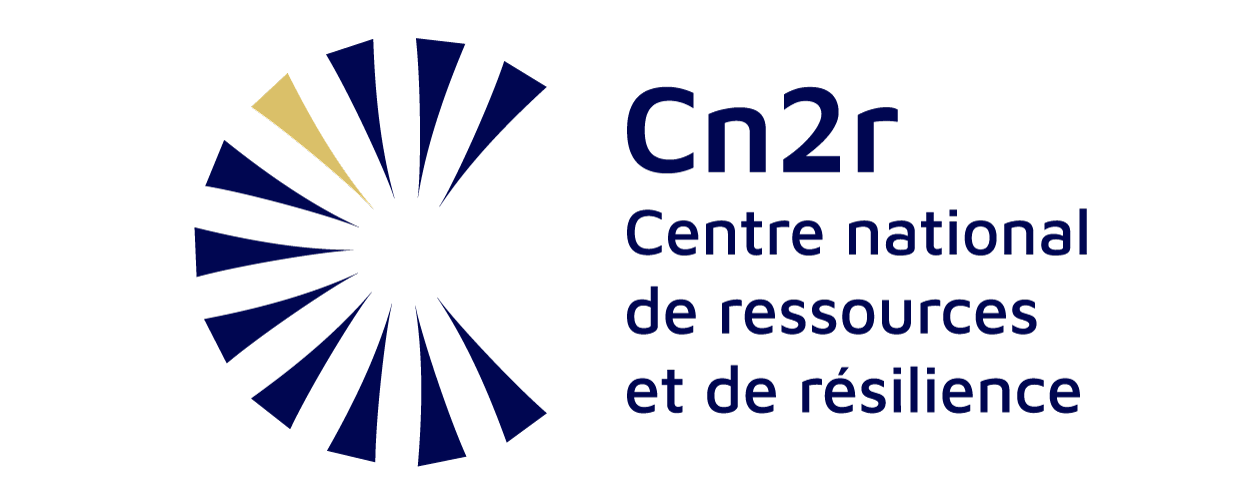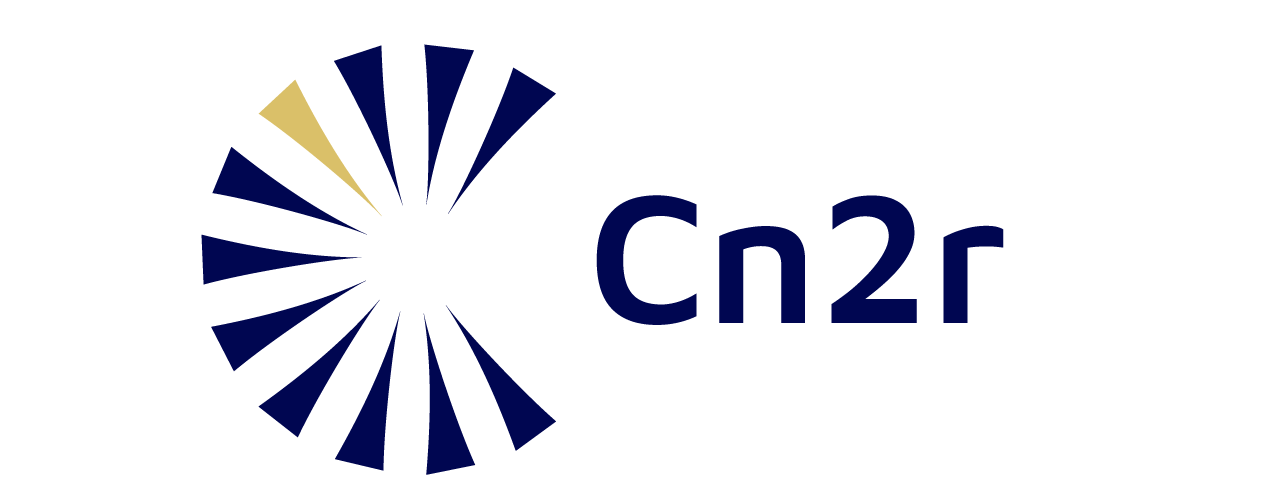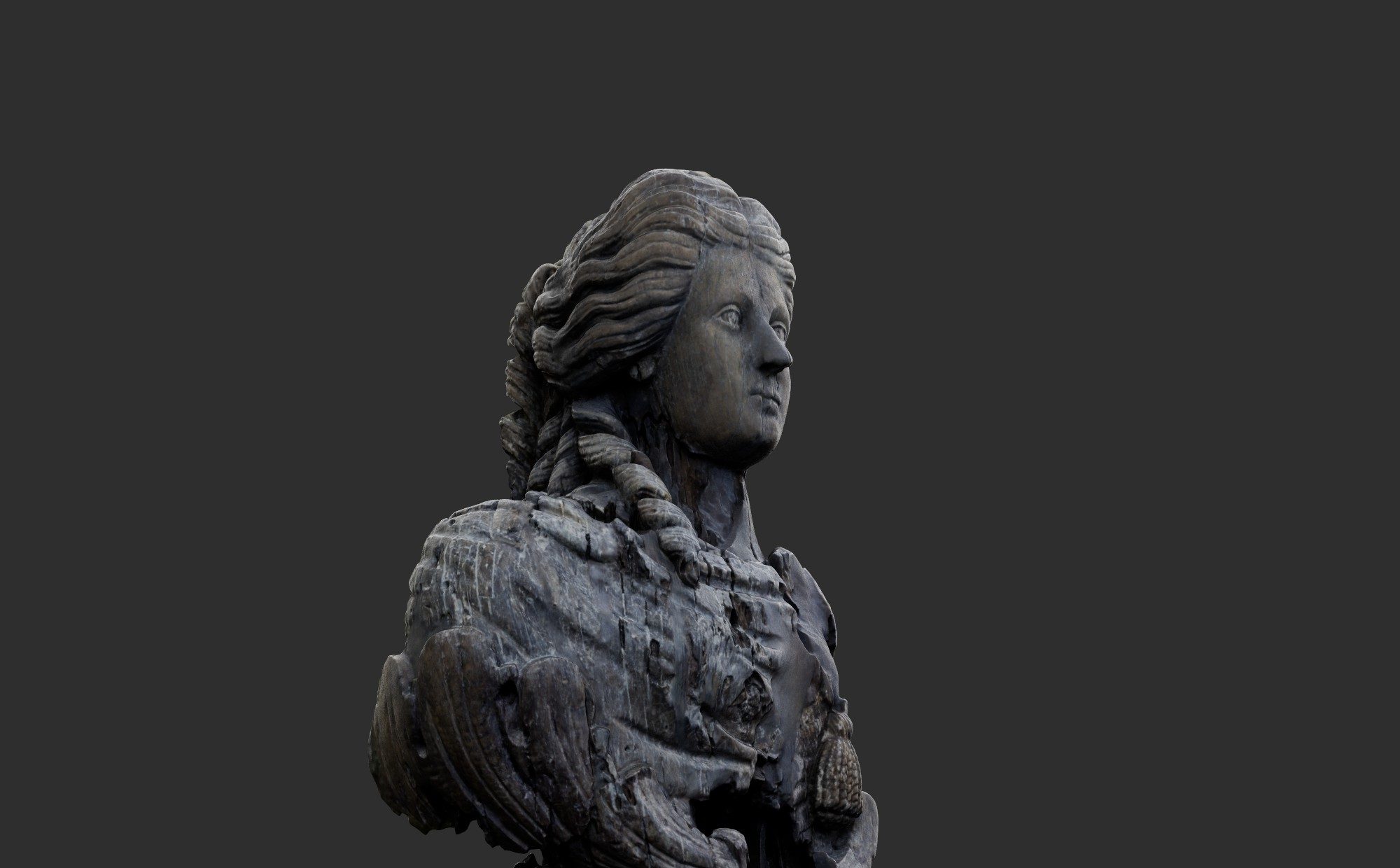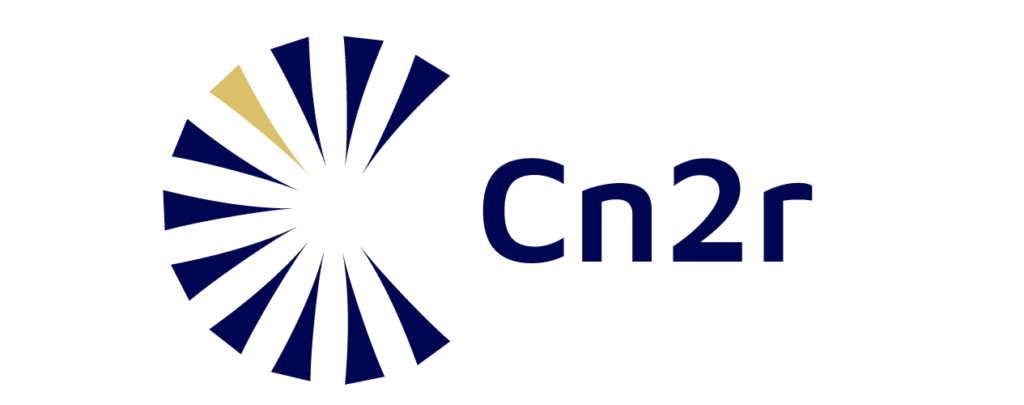Martha, the figurehead of an old Dunkirk ship, still bears the marks of her many voyages, despite her restoration. A symbol of resilience, she now embodies the spirit of an innovative project on psychotrauma, combining art and neuroscience.
The brainchild of visual artist Sarah Feuillas and neuroscience lecturer Fabien D'Hondt, the "Martha" project draws on current scientific knowledge of psychotrauma, while adopting an artistic and poetic approach. The aim? To explore and illustrate the transformation of emotions linked to traumatic experiences over time.
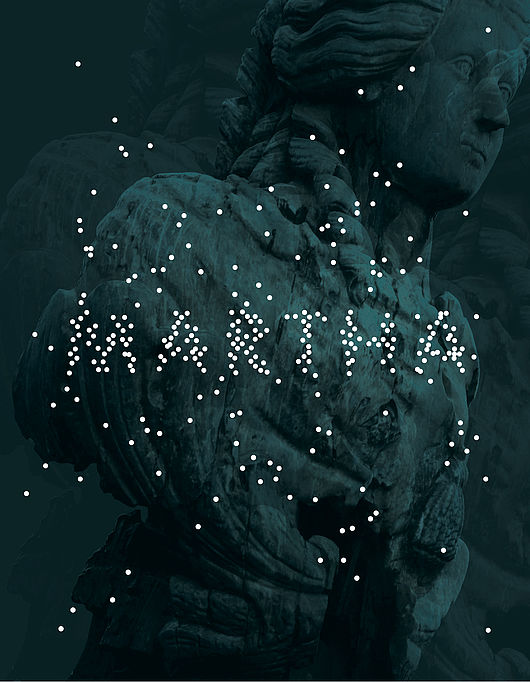
At the opening lecture, Sarah Feuillas, who has herself experienced a traumatic event, describes her approach: "The immersion of sculptures representing objects that witness traumatic events, and the work carried out in the laboratory, enabled us to explore the way in which memories and the emotional relationship with these objects evolve over time. The sculptures metamorphosed in the water, reflecting the emotional transformations associated with psychotrauma."
It has to be said that the lexical field of water often recurs in the experience of psychotrauma: "I drowned" says Jennifer, one of the two patient-partners who took part in the project. These metaphors reflect the effect of the trauma: "I felt submerged", "I hit the bottom", then "I rose to the surface".
With a view to anchoring the project in an approach that would give a fair place to those concerned, Sarah and Fabien enlisted the help of Emmanuelle Verkest, a participatory research engineer at Cn2r and herself a person concerned.
The inaugural conference continued with the screening of the film "Martha", which recounts the testimonies of the people involved, the immersion of the sculptures, the neuroscientific explorations, and the use of artificial intelligence tools in the laboratory. Punctuated by choreographic passages imbued with poetry and movement, the film offers a moving account of the project's history.
This powerful work would not have been possible without the AIRLab residency, supported by the University of Lille's culture department, in collaboration with the Lille Neuroscience & Cognition research center (U1172, Univ. Lille, Inserm, CHU de Lille) and Cn2r.
And if you'd like to know more: the exhibition is on view until February 28 at theEspace Culture, Cité Scientifique, Villeneuve-d'Ascq (metro line 1 - Cité Scientifique stop).
